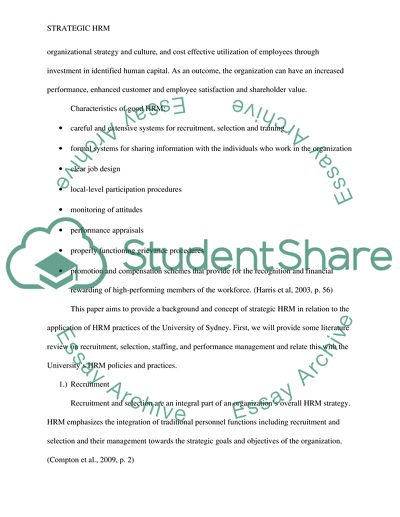Cite this document
(“Strategic HRM Application: The University of Sydney Term Paper”, n.d.)
Strategic HRM Application: The University of Sydney Term Paper. Retrieved from https://studentshare.org/human-resources/1733449-strategic-hr-management-recruitment-selection-performance-management
Strategic HRM Application: The University of Sydney Term Paper. Retrieved from https://studentshare.org/human-resources/1733449-strategic-hr-management-recruitment-selection-performance-management
(Strategic HRM Application: The University of Sydney Term Paper)
Strategic HRM Application: The University of Sydney Term Paper. https://studentshare.org/human-resources/1733449-strategic-hr-management-recruitment-selection-performance-management.
Strategic HRM Application: The University of Sydney Term Paper. https://studentshare.org/human-resources/1733449-strategic-hr-management-recruitment-selection-performance-management.
“Strategic HRM Application: The University of Sydney Term Paper”, n.d. https://studentshare.org/human-resources/1733449-strategic-hr-management-recruitment-selection-performance-management.


